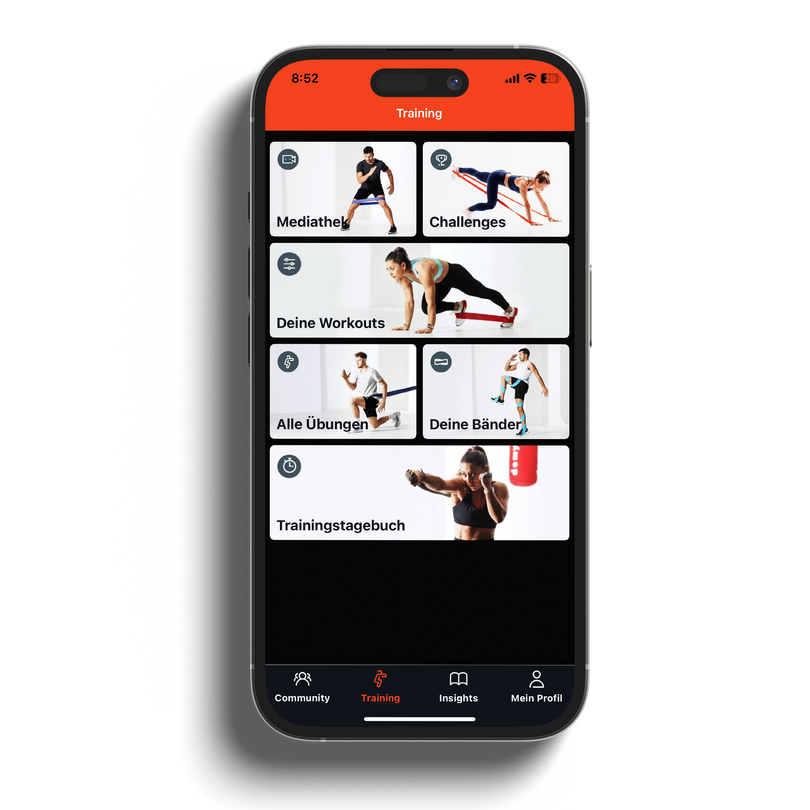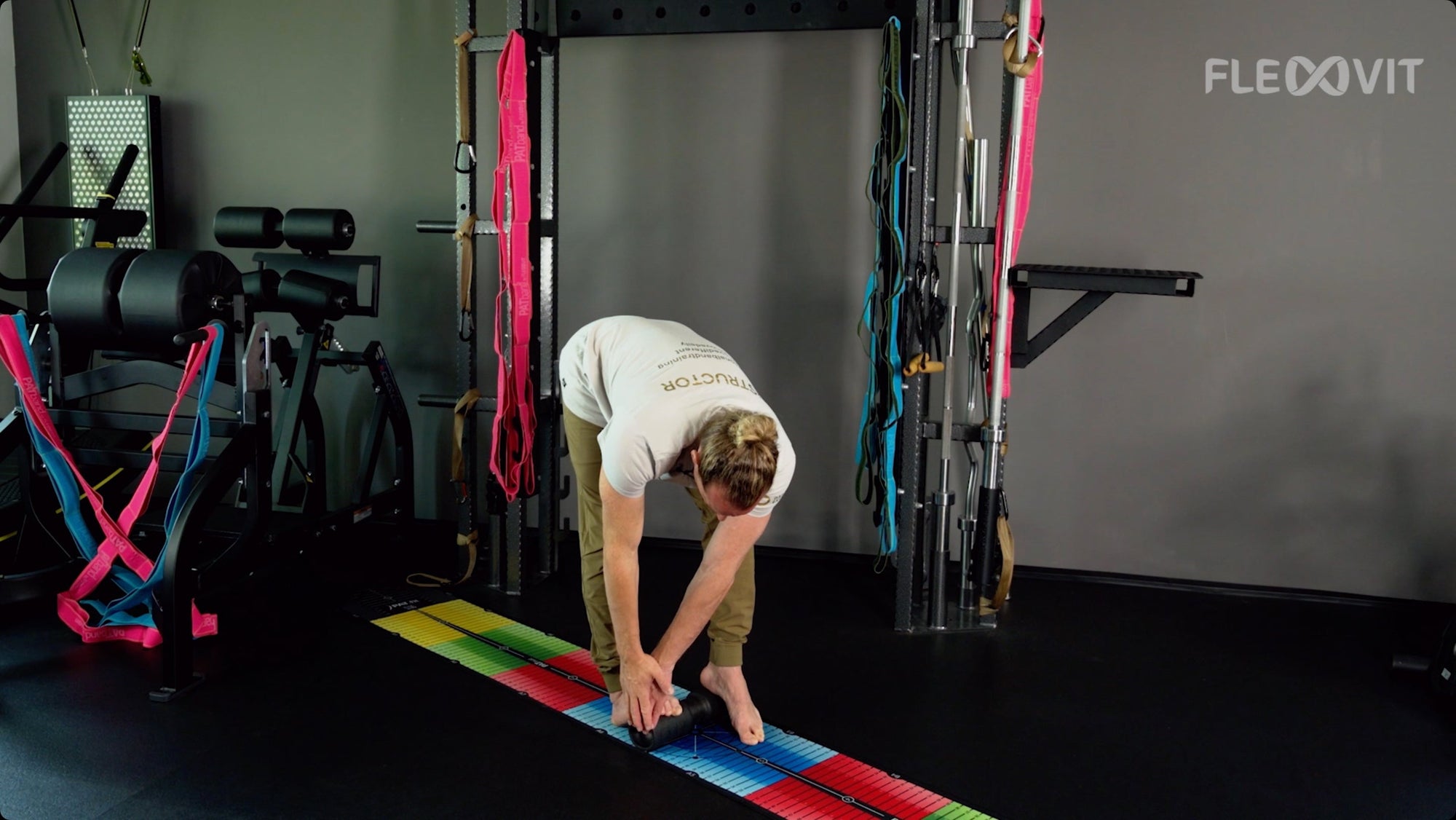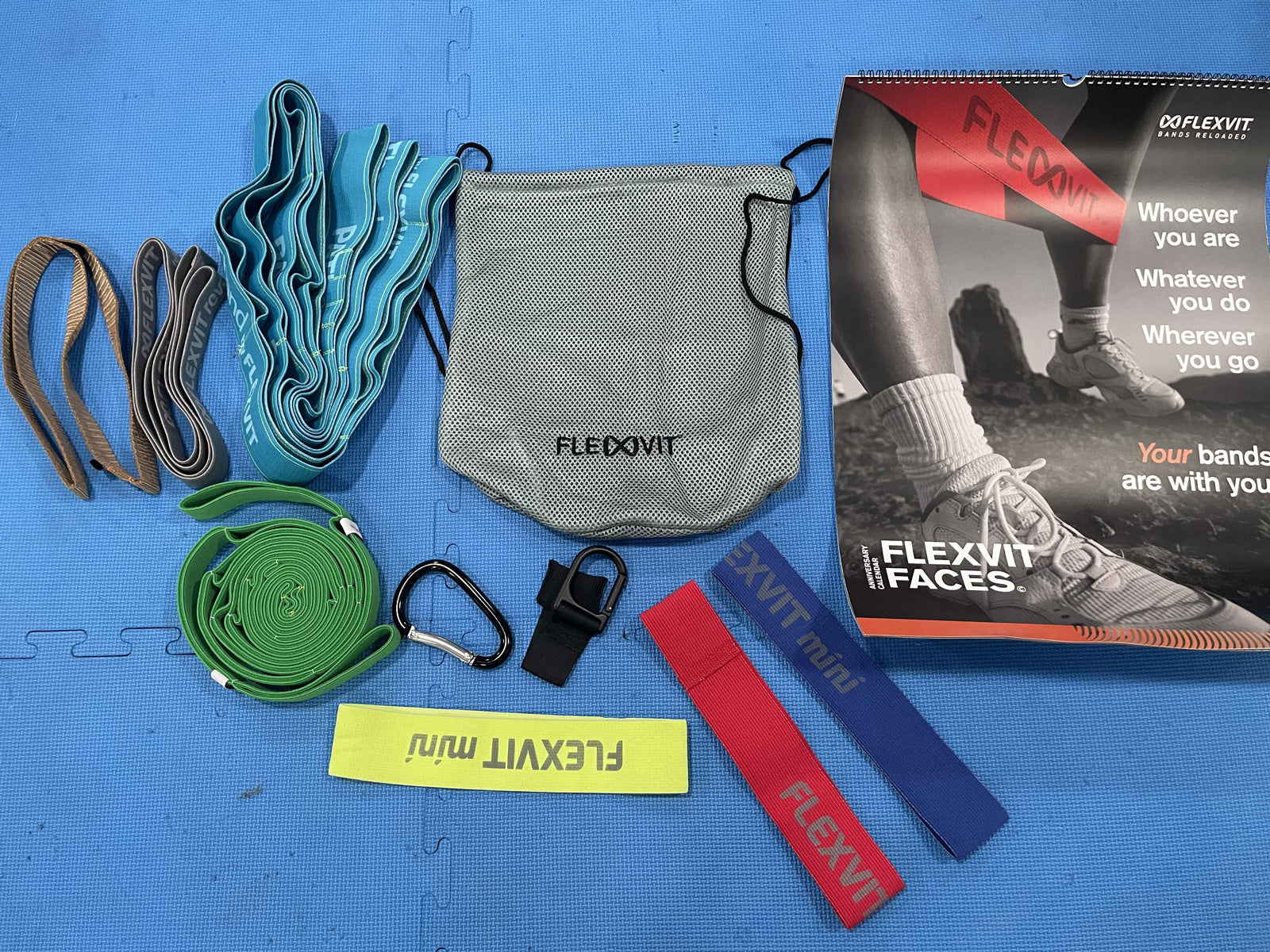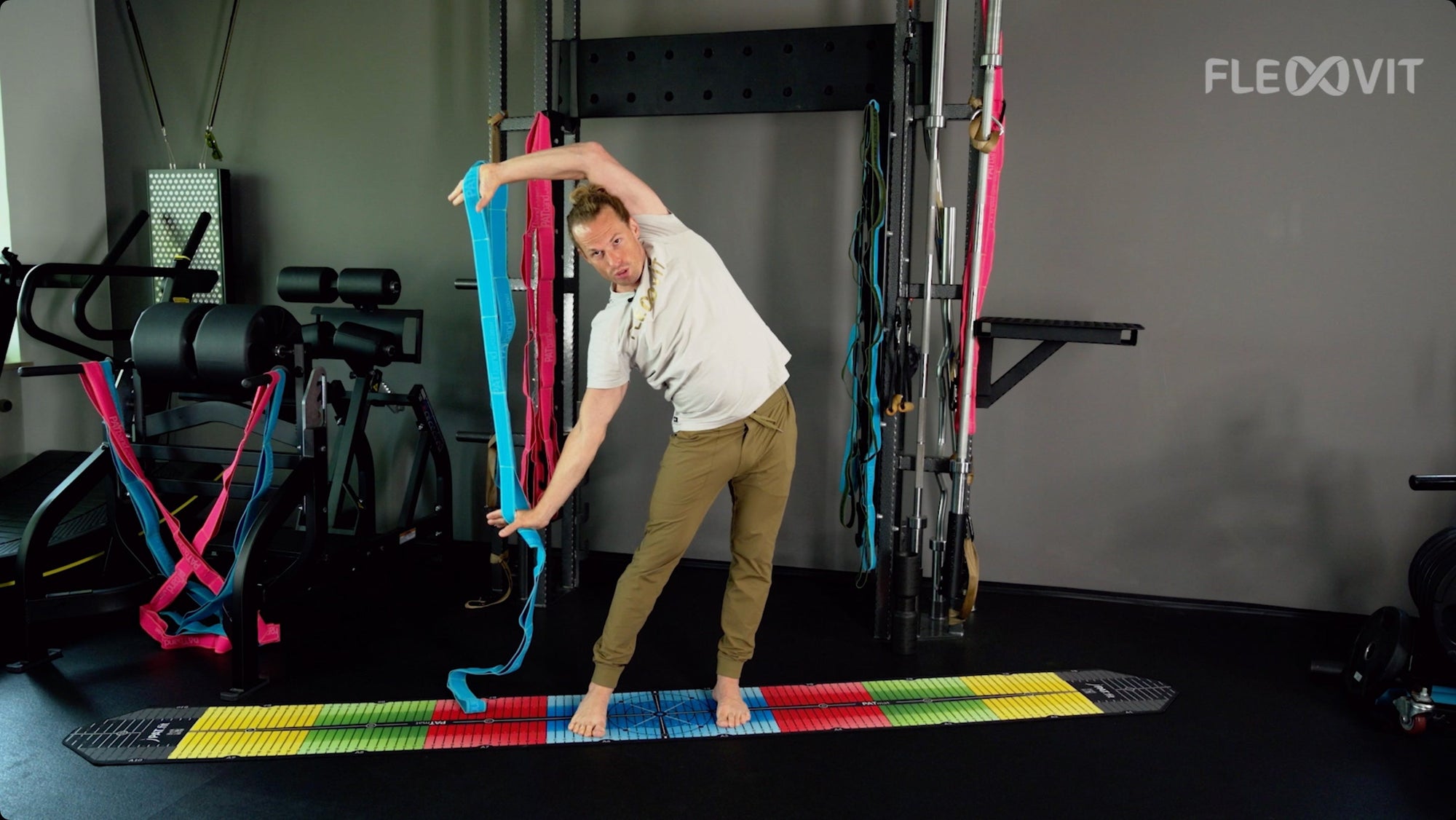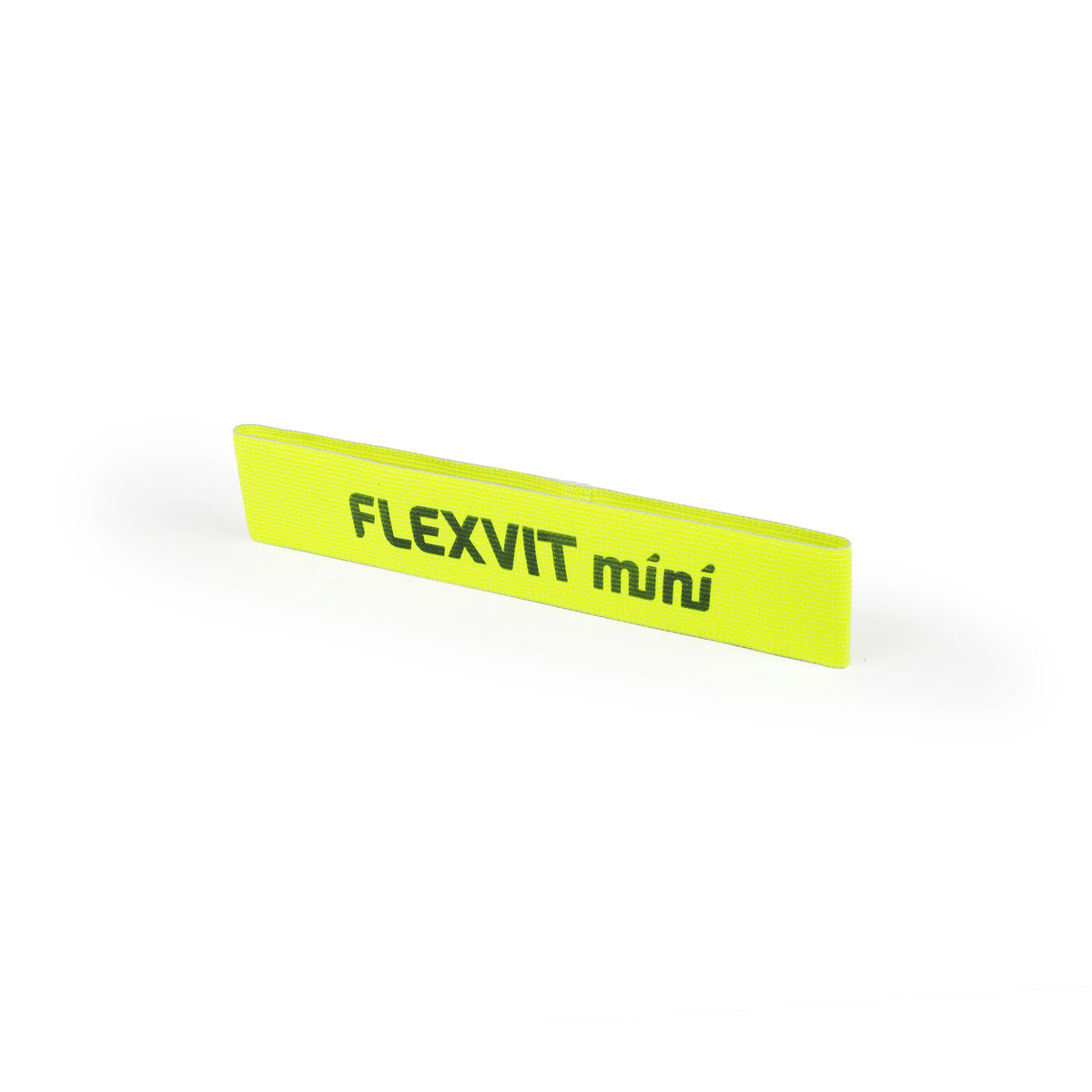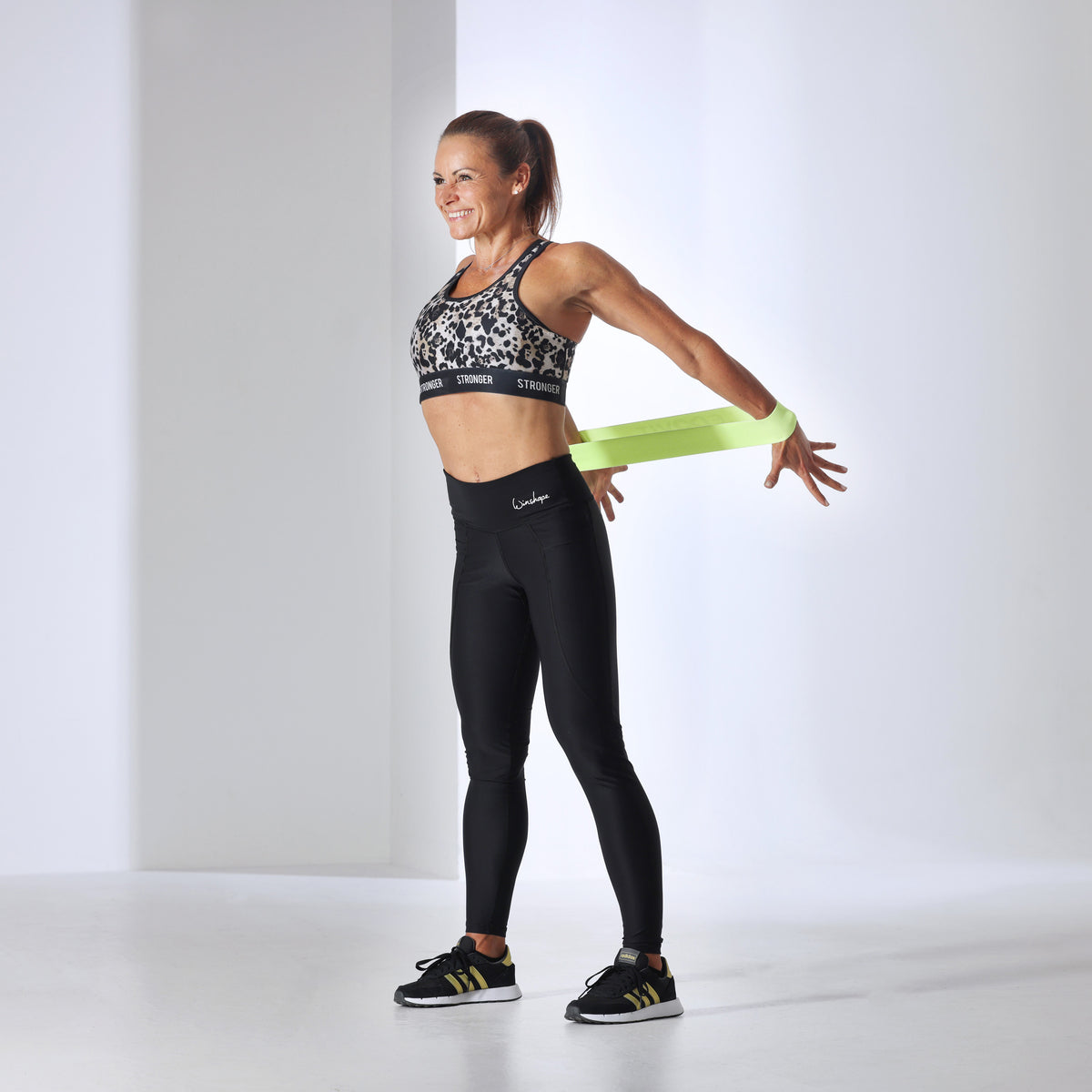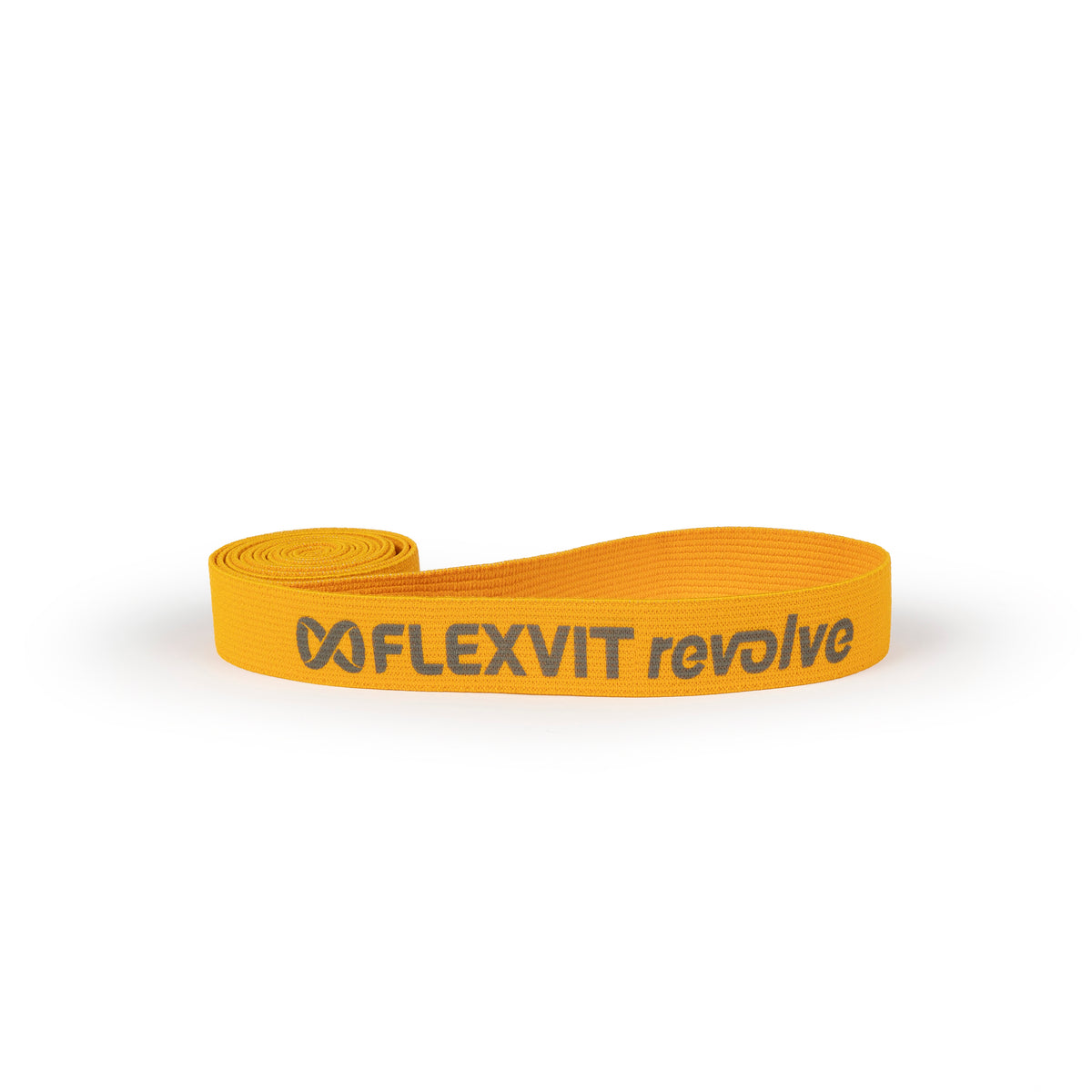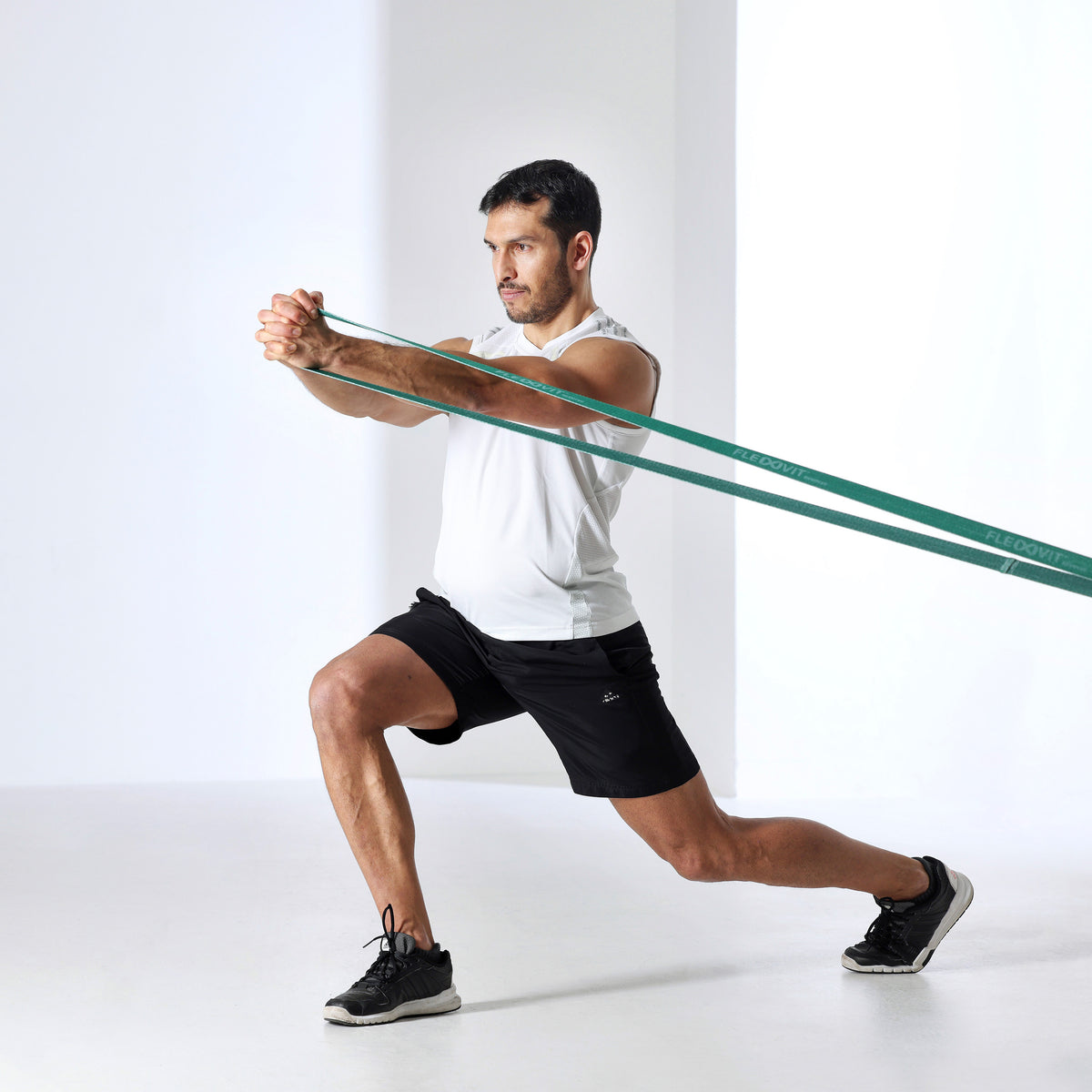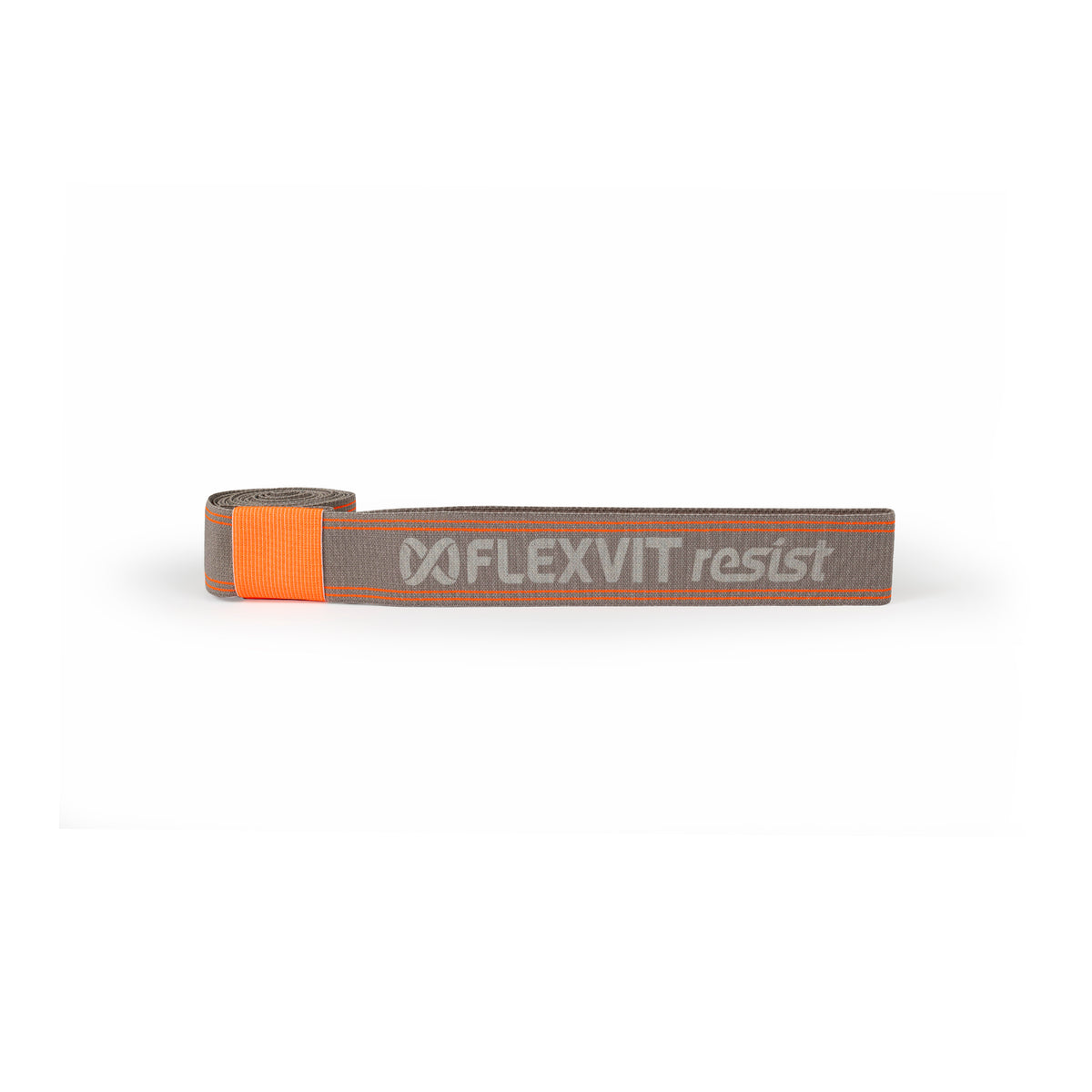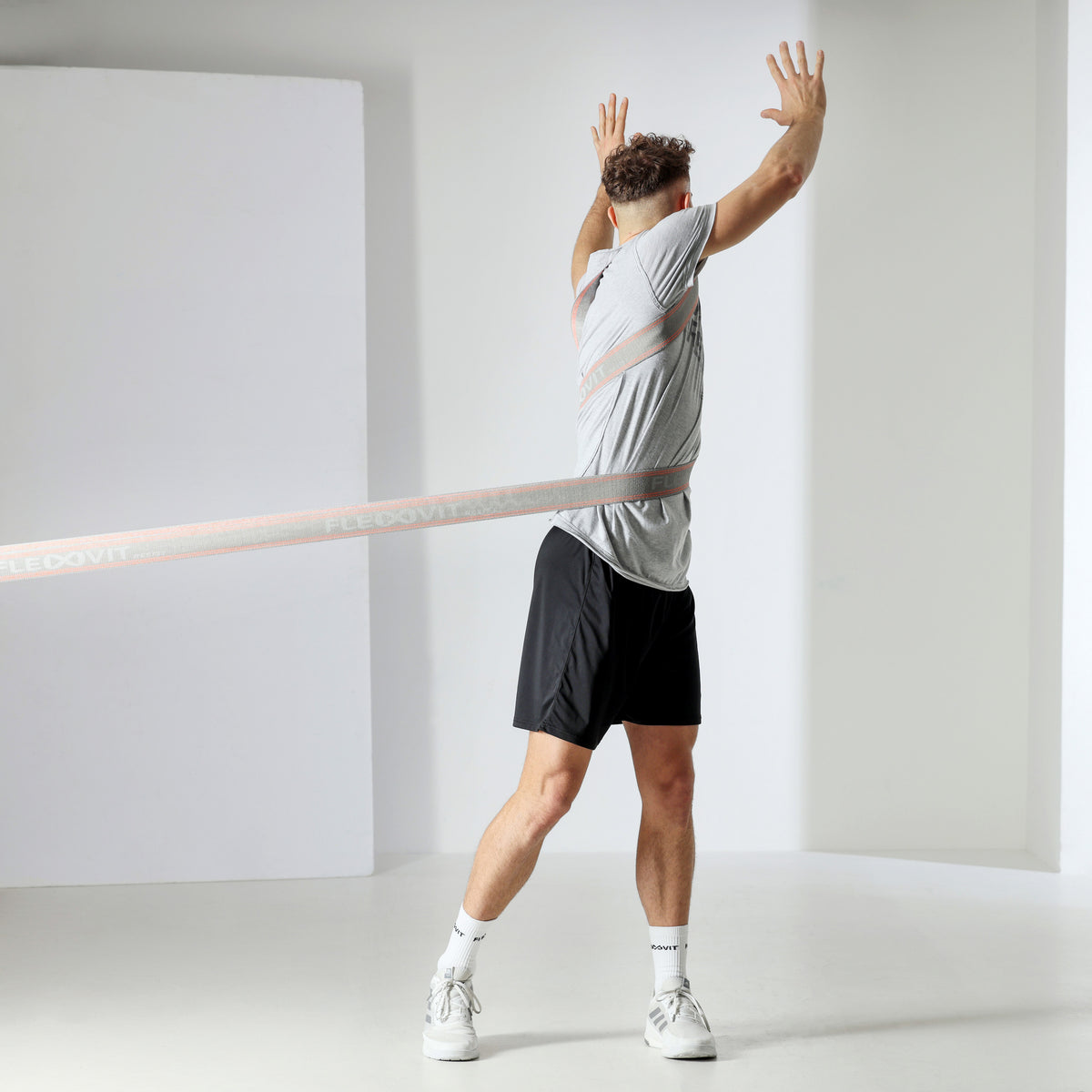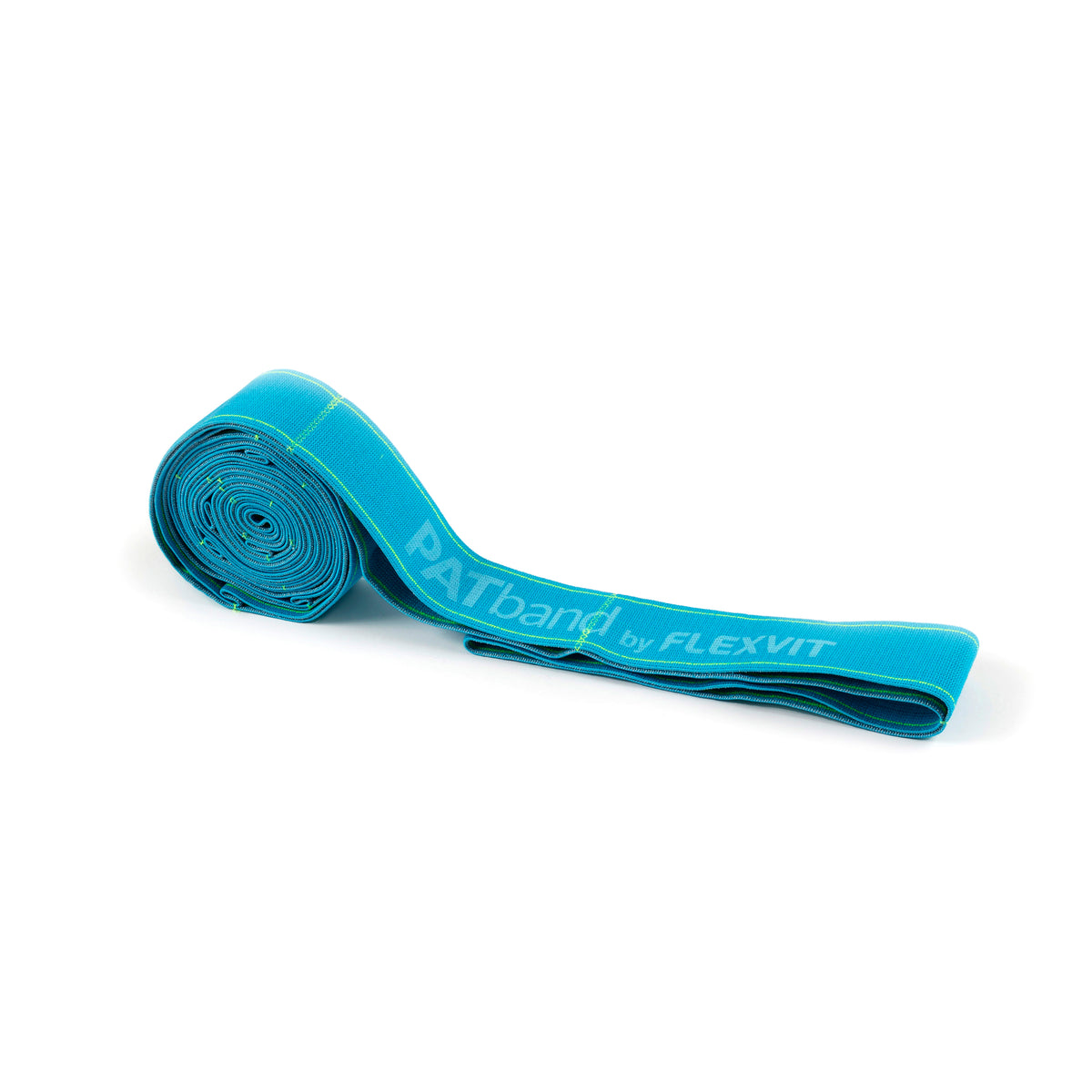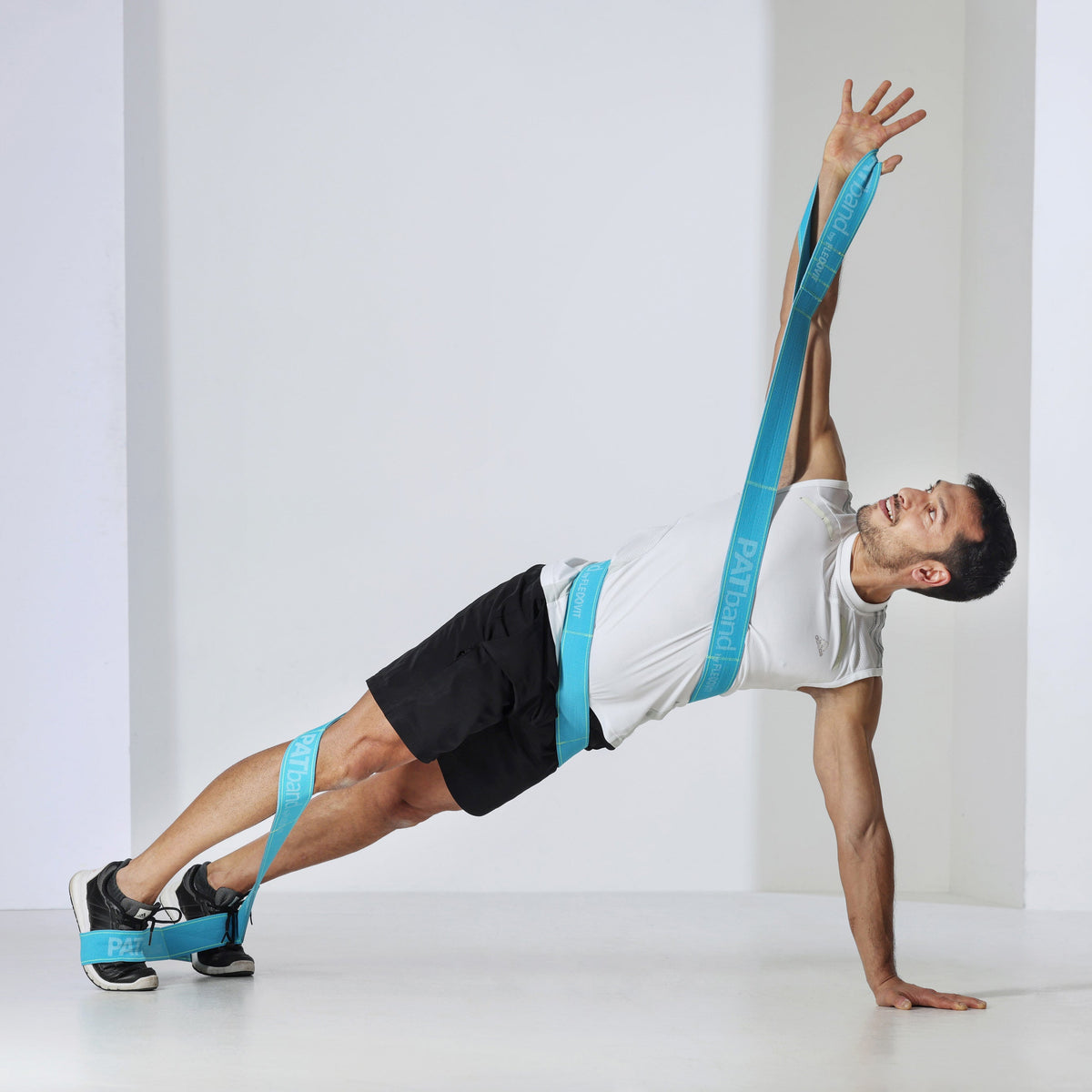- A guest article by Dr. Antti Rintanen, a physician (founder of The Internet Doctor) -
When we talk about injury prevention, most athletes and active people picture strength programs, perfect technique, or advanced recovery tools. All of these matter — but they often overlook a crucial element: how we prepare the body to move in the first place.
As a physician working with patients recovering from musculoskeletal injuries, I’ve seen firsthand how much risk reduction happens before heavy lifting or intense play begins. The warm-up — especially when it focuses on controlled, full-range movement — can either set the stage for safe performance or leave the body vulnerable. And for that, resistance bands are one of the simplest and most effective tools I’ve used in both clinical and athletic settings.
Recently, I had the chance to test FLEXVIT’s line of bands — and evaluate them from both a doctor’s and a user’s perspective. Here’s why this simple piece of equipment can play such an outsized role in protecting your joints and supporting long-term movement health.

Why Movement Prep Matters More Than We Think
Injury rarely happens because of a single bad rep. More often, it’s an accumulation of micro-stresses: tight hips that pull on the lower back, weak scapular stabilizers that compromise shoulder mechanics, or under-activated glutes that shift load into the knees. A proper warm-up does more than increase muscle temperature — it primes neuromuscular pathways, improves joint alignment, and restores the mobility needed for safe movement patterns (1).
Research consistently supports dynamic preparation over static stretching for this purpose. A 2015 systematic review found that resistance-based dynamic warm-ups significantly improved power and agility outcomes compared to static stretching alone — and reduced injury incidence when incorporated into regular training (2). In other words, how you warm up directly influences both performance and resilience.
The Doctor’s Perspective: Bands as Feedback Tools
From a clinical standpoint, what sets resistance bands apart isn’t just their portability — it’s the feedback they provide. Bands create variable resistance that matches your joint angles: lighter at the start of a movement and more challenging where you’re strongest. This mimics real-world force demands and allows for safe strengthening of vulnerable end ranges.
Testing the FLEXVIT Mini bands in my own practice, I immediately noticed their texture and elasticity. Unlike latex bands that can snap or roll, these fabric bands stayed in place during activation drills like lateral walks or shoulder external rotations. That stability matters, particularly in rehab settings, where patients need to focus on movement quality without constantly adjusting equipment.
The broader PATbands also impressed me for multi-planar drills — anchoring easily for core stability work, rotational patterns, and mobility flows. As someone who works with both office workers dealing with posture issues and athletes returning from injury, the versatility is a clear clinical advantage.

Building Resilient Joints Through Activation
One of the key goals of pre-training activation is joint centration — keeping the joint stable and aligned under load. For example, the shoulder joint relies heavily on small stabilizing muscles (rotator cuff, lower traps) that often go “offline” during sedentary hours. Activating these muscles with light resistance before heavy pressing or pulling can dramatically reduce strain on larger structures like the biceps tendon or AC joint (3).
Similarly, the hips play a central role in preventing knee and back injuries. Mini-band exercises like side steps or monster walks aren’t glamorous, but they wake up the glute medius and deep hip rotators — muscles that control knee valgus and pelvis position during squats, jumps, and runs (4).
In my own testing, incorporating a short band circuit — shoulder activation, core bracing, scapular control — added less than five minutes to a workout but created a noticeable difference in movement quality. The joints felt “centered,” and heavier lifts felt smoother and safer.
Movement Prep Is Not Just for Athletes
While the injury-prevention benefits are clear for competitive athletes, they’re equally relevant for anyone who trains recreationally or sits long hours at work. Many overuse injuries — tendinopathies, impingements, even low back pain — trace back to the same root issue: poor movement control under load. Bands are a low-barrier way to retrain this control without intimidating equipment or complex setups.
This is where FLEXVIT’s approach aligns with what I recommend to patients: start with small, repeatable habits. A few minutes of band work before your session. A posture reset between Zoom calls. A light resistance drill during rehab walks. These micro-sessions accumulate over time, rewiring both muscles and the nervous system for safer, more efficient movement.
My Takeaways After Testing FLEXVIT Bands
After weeks of integrating FLEXVIT bands into both my personal workouts and clinic sessions, three points stood out:
- Quality matters for compliance. The soft fabric eliminated the common complaint of pinching or rolling, especially during hip drills. That comfort made patients more willing to actually use them — a key factor in adherence.
- Versatility bridges rehab and performance. I could progress a shoulder patient from gentle isometrics to full-range functional movements without changing equipment — just by altering band tension or anchor points.
- Portability removes excuses. Whether in clinic, at home, or traveling, the bands packed easily. That consistency is critical; recovery doesn’t wait for perfect conditions.
These may sound simple, but simplicity is powerful — especially in injury prevention, where consistency outweighs complexity every time.
Final Thoughts: A Smarter Approach to Warm-Ups
Injury-proofing isn’t about never lifting heavy or avoiding challenge. It’s about preparing the body to meet those challenges with stability, control, and resilience. Resistance bands — especially high-quality tools like FLEXVIT’s — offer a science-backed, real-world way to do just that.
Whether you’re a competitive athlete, a weekend lifter, or simply someone who wants to stay active without pain, movement prep deserves a permanent spot in your routine. And as I’ve seen firsthand, a few minutes of intentional band work can set the stage for safer training and longer careers in sport — or simply more pain-free years doing what you love.
About the author
Dr. Antti Rintanen is a medical doctor and founder of The Internet Doctor. With a background in sports medicine and rehabilitation, he specializes in translating clinical insights into practical strategies for everyday movement, injury prevention, and recovery.

References
- Behm DG, Chaouachi A. A review of the acute effects of static and dynamic stretching on performance. Eur J Appl Physiol. 2011;111(11):2633–2651. https://pubmed.ncbi.nlm.nih.gov/21373870/
- Fradkin AJ, Zazryn TR, Smoliga JM. Effects of warming-up on physical performance: a systematic review with meta-analysis. J Strength Cond Res. 2010;24(1):140–148. https://pubmed.ncbi.nlm.nih.gov/19996770/
- Reinold MM, Escamilla RF, Wilk KE. Current concepts in the scientific and clinical rationale behind exercises for glenohumeral and scapulothoracic musculature. J Orthop Sports Phys Ther. 2009;39(2):105–117. https://pubmed.ncbi.nlm.nih.gov/19194023/
- Macadam P, Cronin J, Contreras B. An examination of the gluteal muscle activity associated with dynamic hip abduction and hip external rotation exercise: a systematic review. Int J Sports Phys Ther. 2015;10(5):573–591. https://pubmed.ncbi.nlm.nih.gov/26491608/
- Afonso J, Ramirez-Campillo R, Moscales J, et al. Strength training versus stretching for improving range of motion: a systematic review and meta-analysis. Int J Sports Physiol Perform. 2021;16(6):940–949. https://pubmed.ncbi.nlm.nih.gov/33917036/

